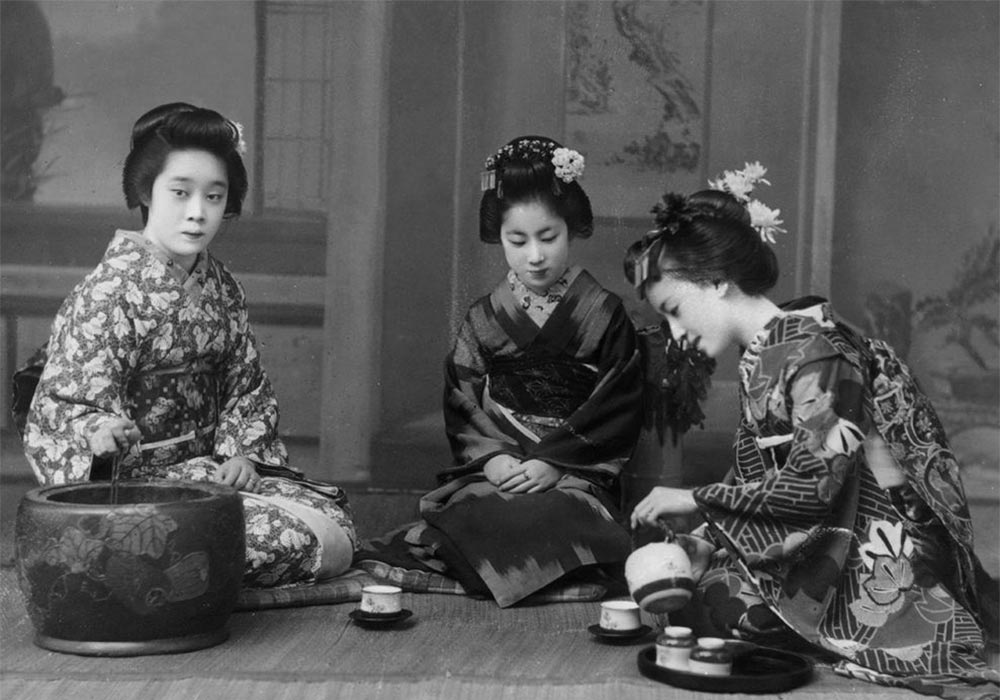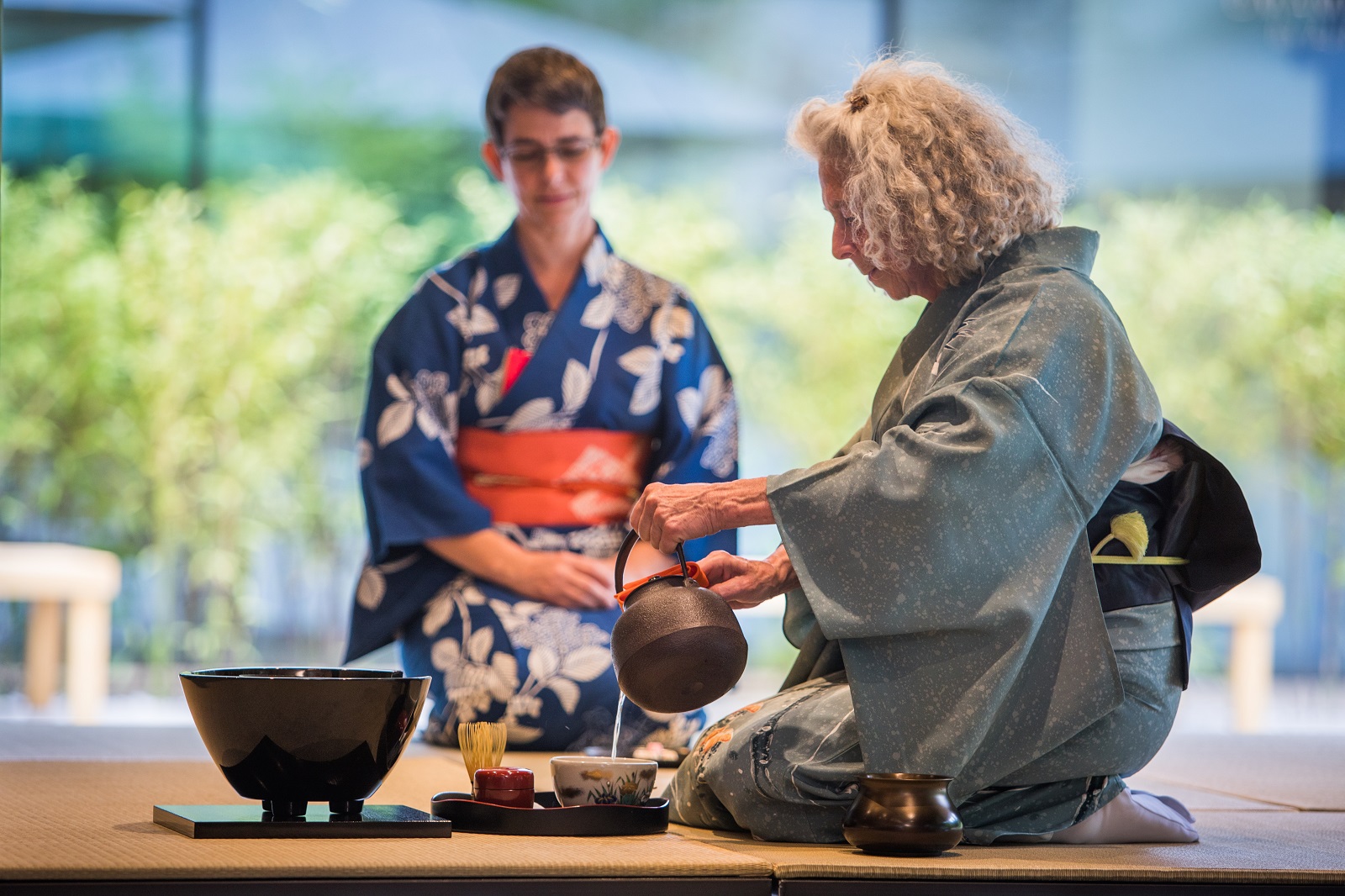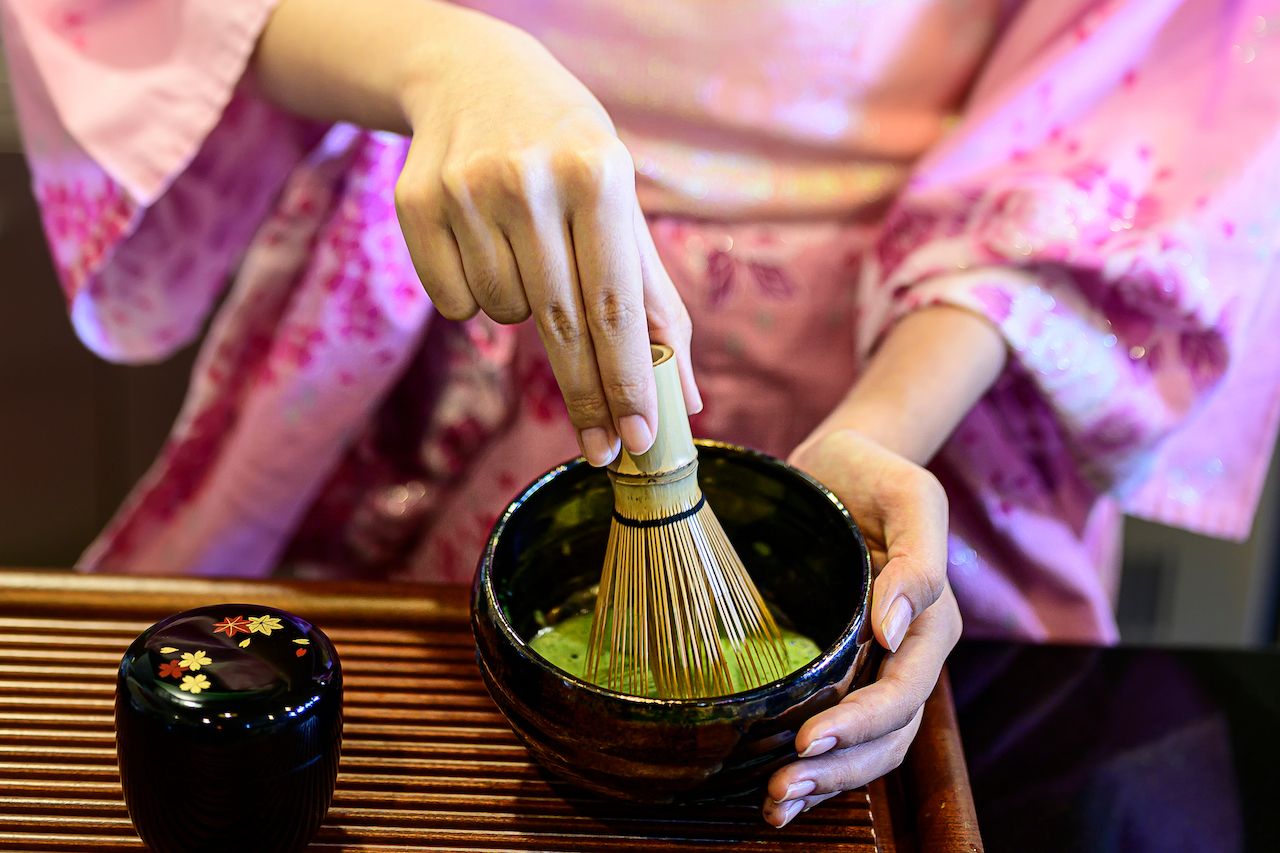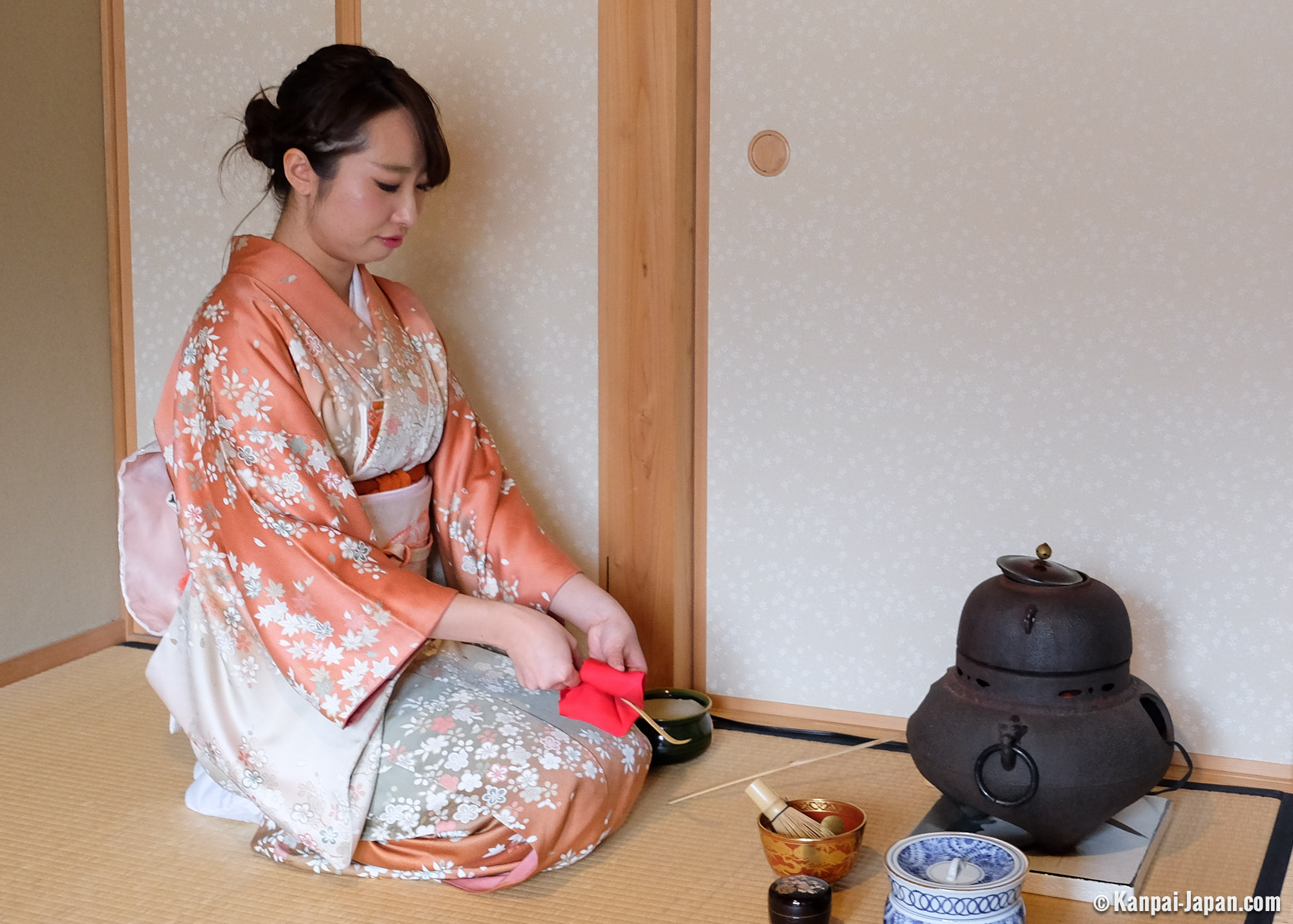
From Matcha to Chai The Most Beautiful Tea Ceremonies Around the World Tea Perfectionist
Cha-no-yu ("hot water for tea"), usually refers to a single ceremony or ritual, while sado or chado ("the way of tea") refer to the study or doctrine of tea ceremony. The Japanese tea ceremony has its roots in early Chinese tea ritual (approx. 800 AD), influenced greatly by Zen Buddhism. However, the exacting formula for the tea ceremony we.

The History And Meaning Behind The Japanese Tea Ceremony VSN Vietnam Sourcing News
This beautiful, fragrant chai (tea) blend was the perfect choice for their wedding day as the fragrant aroma of spices wafted through the air whilst the Mandap ceremony was being performed.. So lovely, as always, to work with the fantastic Maharani Diaries.. Please get in touch if you'd like to wow your guests at your next event with delicious, nourishing chai with The Chai Room chai bar.

A Rough Guide To The Japanese Tea Ceremony Rough Guides Rough Guides
Tea ceremony is a transformative practice that fosters connection, consciousness, and mindfulness. Originating from China, Japan, and Korea, tea ceremonies embody spiritual traditions and aesthetics, inviting us to connect with the present moment, nature, and others. Embrace the profound experience of transforming a simple cup of tea into a.

The Japanese Tea Ceremony An Ode to Harmony Traditional Medicinals Japanese tea ceremony
Indian Chai Masala Ritual: In India, chai is more than a beverage; it's a cultural staple. The preparation involves strong black tea, spices (such as cardamom, cinnamon, and cloves), milk, and sugar, creating a flavorful and aromatic brew. Russian Samovar Tradition: Russian tea ceremonies often involve a samovar, a traditional tea urn.
:max_bytes(200000):strip_icc()/sq-20be6938a9ac4b3e80b91f527c02702b.jpg)
Chinese Tea Ceremony Everything You Need to Know
An East Asian tea ceremony, or Chádào ( Chinese: 茶道 ), Chadō ( Japanese: 茶道) or Dado ( Korean: 다도 (茶道) ), is a ceremonially ritualized form of making tea (茶 cha) practiced in East Asia by the Chinese, Japanese, and Koreans. [1]

The Secret Meaning of Traditional Japanese Tea Ceremony
0:00 / 1:51 Japanese Tea Ceremony: A Moment of Ritual | TEALEAVES TEALEAVES 20.9K subscribers Subscribe Subscribed 1.8K Share 187K views 6 years ago The unrelenting pace of modern everyday.

19 Essential Japanese Tea Ceremony Utensils
Myanmar: Rituals Rooted in Spirituality Traditional Tools and Utensils in Southeast Asian Tea Ceremonies Notable Southeast Asian Tea Ceremony Rituals Etiquette and Manners in Southeast Asian Tea Culture Tips for Hosting Your Own Southeast Asian-Inspired Tea Ceremony Conclusion: Celebrating the Diversity of Southeast Asian Tea Culture

What are the 4 principles of tea ceremony Maikoya follows? Tea Ceremony Japan Experiences MAIKOYA
Chaji is a full tea presentation with a meal. As in virtually every tea ceremony, the Japanese host may spend days going over minutiae to insure that this ceremony will be perfect. Through tea, recognition is given that every human encounter is a singular occasion which can, and will, never recur again exactly.

Chinese Tea Ceremony Types, History & Culture Trip Ways
Masala chai ( / tʃaɪ /, lit. 'mixed-spice tea') is a popular beverage throughout South Asia, originating in the early modern Indian subcontinent. Chai is made by brewing black tea (usually CTC tea) in milk and water and then sweetening with sugar. Adding aromatic herbs and spices creates masala chai, although chai is often prepared unspiced.

Cultural Demonstration Tea Ceremony Portland Japanese Garden
Enhance Your Dining Experience With Iconic Tabletop Items. No matter where you are in the world many cultures use tea as a way to connect with people. India is one of the largest growers and producers of tea. A large percentage of tea is used within India. Some of their popular teas are Assam, Darjeeling, and Masala Chai. Tea is viewed as a.

Chinese Wedding Tea Ceremony A Sip of Love Asian Inspirations
Option #1: The Bride & Groom Serve Tea to One Another During this tea unity ceremony, the bride and groom will take turns pouring a cup of tea for one another, then sipping and enjoying the tea together at the altar. Eagerness to serve and care for your partner is a cornerstone of any lasting relationship.

How To Conduct Your Own Traditional Japanese Tea Ceremony
Cha is the Chinese word for tea. Dao, or "the way," is the process of reality. Dao philosophy promotes living in harmony with nature. Though there are many interpretations of Dao, a few principles associated with Daoism include: Simplicity Patience Going with the flow Realizing all things change Harmony with nature Balance

Traditional Chinese Tea Ceremony
The time-honored Japanese tea ceremony (known as chado, meaning "the way of tea"). But chai's real home of India puts all those creamy chai lattes to shame. In general, tea is India's most popular drink, consumed at a rate of 837,000 tons each year . India's current tea obsession began to sprout when British colonists in India grew.

The Story Behind the Japanese Tea Ceremony
A mong traditional cultural rituals embraced by contemporary generations, little compares in mainstream appeal to the Japanese tea ceremony, chadō, "The Way of Tea".Otherwise known as chanoyu, which literally translates to hot water for tea, chadō is a skilled craft of preparing and serving matcha, a finely ground green tea.It is a ritual with principles closely associated with Zen.

Japanese tea ceremony The traditional art of serving matcha tea
Published December 16, 2020 This post has been made possible by a partnership with Kamalan. One of the oldest drinks in history and a staple in many South Asian countries, Chai is instantly recognizable in a variety of different flavors, spices, and aromas.
:max_bytes(150000):strip_icc()/GettyImages-557050443-58adad893df78c345bb35063.jpg)
A StepbyStep Guide to Brewing Chinese Tea
A tea ceremony, or tea ritual, is a structured practice involving the precise preparation, serving, and consumption of tea. These ceremonies are rooted in culture and history, featuring specific procedures, utensils, symbolism, and etiquette. They often emphasize mindfulness, respect, and the appreciation of tea's flavor and aroma.